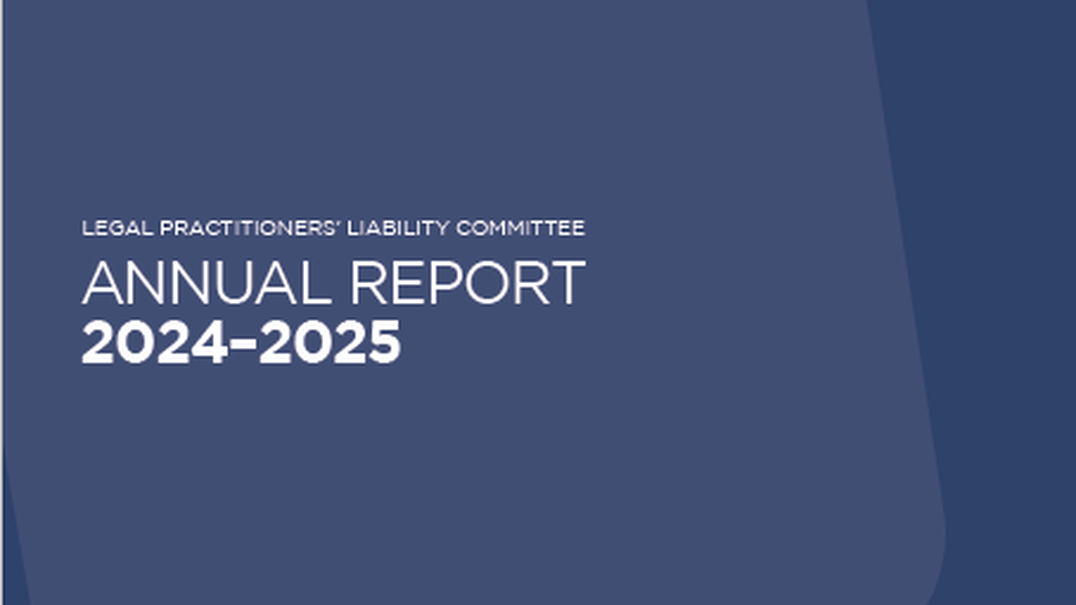Failure to carry out crucial risk management practices in a law firm can ultimately lead to unexpected costs. Here is a breakdown of some of the costly consequences of ignoring risk management.
What's on this page?
Many law firms see risk management as a secondary concern, relegating it to the sidelines until something goes wrong. In the context of a busy practice, it may seem quicker and easier to cut a few corners, but disregarding vital risk management practices – for instance, by not allocating time to keep up to date with changes to the law, not confirming advice and instructions in writing or failure to implement a cybersecurity strategy – can expose a law firm to costs and consequences that will easily eclipse any imagined savings.
While lawyers are aware of the obvious financial costs of a claim, such as payment of the insurance excess and potential exposure to an order for compensation that exceeds the insurance cover, many fail to appreciate the hidden costs associated with a client making a claim against them.
Hidden costs
Administrative burden
Responding to a claim requires a firm to review completed work, gather documents, compile evidence and prepare responses. These tasks are time-consuming, diverting valuable resources away from the firm’s core client work, and inevitably lead to lost productivity while the firm focuses on defending or resolving the claim. As a direct consequence, there will be a tangible loss of billable hours as lawyers and support staff spend time managing the claim rather than working on revenue-generating activities.
A claim should necessitate an internal review to identify the cause of the problem and implement changes to avoid it happening again. This process is important and necessary, but retrospective rectification of work can take more time and be more costly than doing it correctly from the start. Building a law firm’s processes and procedures with risk management in mind increases the chances of avoiding a claim.
The effect of extensive administrative demands, operational disruptions, loss of billable hours, internal reviews and implementing rectification procedures illustrates how a single claim can impose a heavy burden on a firm, both in immediate workload and improving processes going forward.
Reputational damage
In a profession where reputations are built over years, a claim can damage a firm’s reputation, resulting in a reduced number of referrals and the loss of both existing and potential future clients. Even if a law firm weathers the storm, the cost of repairing its reputation – through crisis management, PR efforts and regaining client confidence – can be immense.
While it is difficult to measure and tends to be underestimated, reputational damage is a significant consequence of poor risk management.
Stress
Dealing with a claim hits more than a firm’s bottom line – it can take a personal toll on everyone involved. When a claim arises, the stress can escalate quickly, affecting people’s mental wellbeing and job satisfaction. Being involved in a claim can take a high emotional toll due to persistent worrying over potential outcomes and working longer hours than usual to make up for the unproductive time.
In turn, this can lead to anxiety and burnout among both principals and staff. The stress caused by a claim can also affect work relationships, potentially having an impact on team and firm culture, as well as morale. When added to the other pressures of professional practice, this can have a negative impact on individuals and the firm. Ultimately, the personal impact of dealing with a claim can extend far beyond the immediate response.
Conclusion
A thorough understanding of the direct, indirect and hidden costs associated with managing a claim is essential for practitioners and law firm leaders. From this informed position, risk management transforms from an onerous expense into a valuable opportunity – one that not only mitigates potential losses but also enhances the firm’s overall resilience, reputation and long-term success.



